I’ve Explored 4 Villages That Lost Their Charm Over Time + 11 That Preserved Their Magic
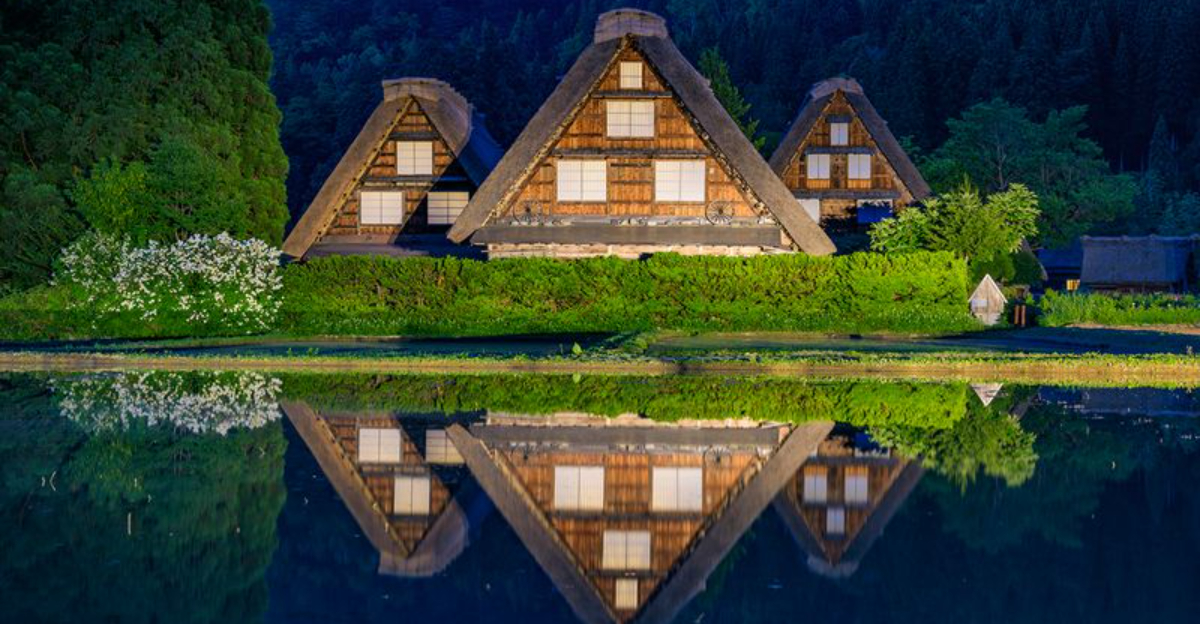
Wandering through hidden corners of the world, I’ve seen villages that stand as living stories — some thriving, others fading. In certain places, the weight of tourism and time slowly erases what once made them special, their essence traded for crowds and convenience.
But then there are those rare gems that hold fast to their identity, blending progress with deep-rooted tradition, protecting the heart of their culture while still welcoming the world. This is a journey into the fragile line between preservation and loss — and the powerful choices that shape the soul of a village.
1. Santorini’s Oia, Greece
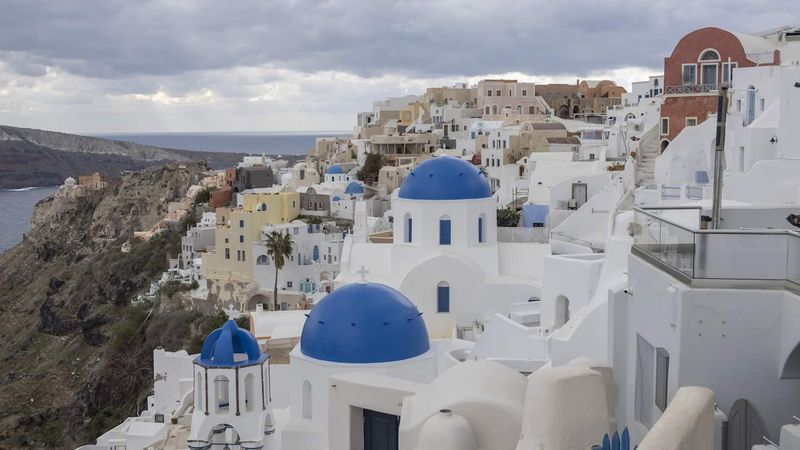
Once a serene fishing community perched on dramatic cliffs, this Greek haven now drowns under Instagram influencers and cruise ship crowds. Santorini’s white-washed buildings and blue domes remain photogenic, but authentic local life has vanished.
Souvenir shops replaced family businesses, and astronomical prices drove locals away. The magic disappears when you’re shoulder-to-shoulder with tourists fighting for sunset photos.
2. Hallstatt, Austria
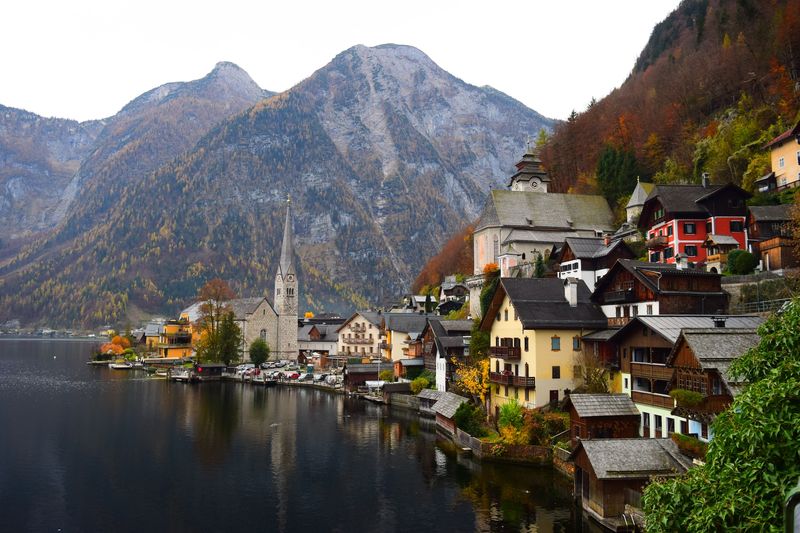
Fairy tale perfection became this lakeside village’s downfall. After appearing in Asian travel magazines and inspiring a Chinese replica, Hallstatt found itself overwhelmed by tour buses and selfie-seekers.
The Alpine beauty remains stunning, with wooden houses reflecting in crystal waters. However, locals now feel like exhibits in an open-air museum rather than community members, with some homes converted entirely to tourist accommodations.
3. Cinque Terre, Italy

Colorful houses cling to impossible cliffs in this string of seaside villages. Despite UNESCO protection, Cinque Terre battles against the tide of mass tourism threatening its character.
The famous hiking trails connecting these communities offer breathtaking views of the Mediterranean. Local authorities have implemented visitor limits during peak seasons, helping preserve the delicate balance between tourism and tradition in these ancient fishing communities.
4. Dubrovnik, Croatia

Ancient walls couldn’t protect this Croatian jewel from Hollywood fame. After serving as King’s Landing in Game of Thrones, Dubrovnik’s old town transformed into a theme park version of itself, with themed tours replacing authentic experiences.
The stunning Adriatic setting remains breathtaking. However, cruise ships disgorging thousands of daily visitors have driven locals from the historic center, leaving behind a beautiful but increasingly soulless shell catering exclusively to tourists.
5. Mont-Saint-Michel, France

Rising dramatically from misty waters, this island commune seems plucked from a fairytale. Mont-Saint-Michel cleverly manages visitor flow through timed entries and off-season promotions, preserving its mystical atmosphere.
Wandering cobblestone streets after day-trippers leave reveals the true magic. Locals still inhabit the village, and authentic restaurants serve regional specialties beneath the shadow of the magnificent abbey that’s stood for centuries.
6. Giethoorn, The Netherlands

Canals replace streets in this dreamy Dutch settlement where boats serve as the main transportation. Despite growing popularity, Giethoorn maintains its enchantment through smart tourism management and preservation efforts.
Thatched-roof cottages line peaceful waterways just as they have for centuries. Residents still live their canal-based lifestyle, with many areas remaining tourist-free zones where you can experience the authentic quiet that earned it the nickname “Venice of the North.”
7. Pienza, Italy
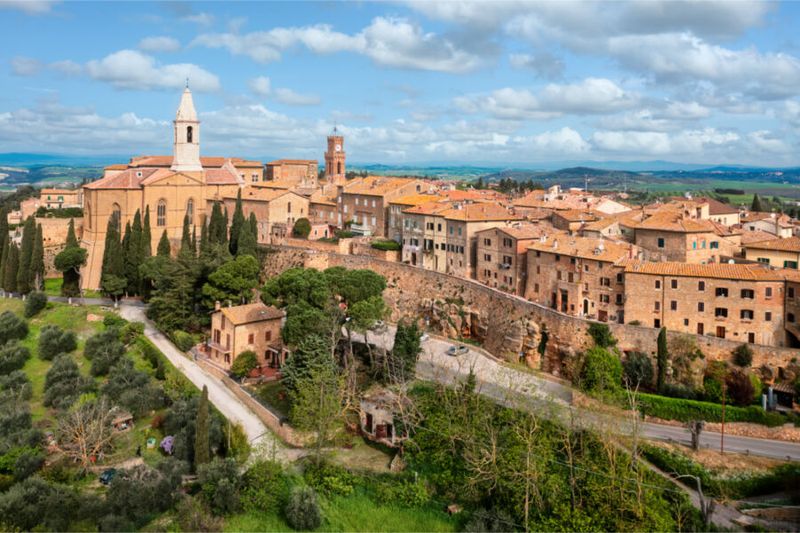
Frozen in time since the 15th century, this hilltop treasure embodies Renaissance urban planning ideals. Pienza remains authentically Tuscan despite its UNESCO status, with strict building codes maintaining its historical integrity.
Pecorino cheese shops fill the air with earthy aromas as they have for generations. Walking the perfectly proportioned main square at sunset, with golden light bathing the cathedral façade, feels like stepping through a portal to the Italian Renaissance.
8. Eze, France
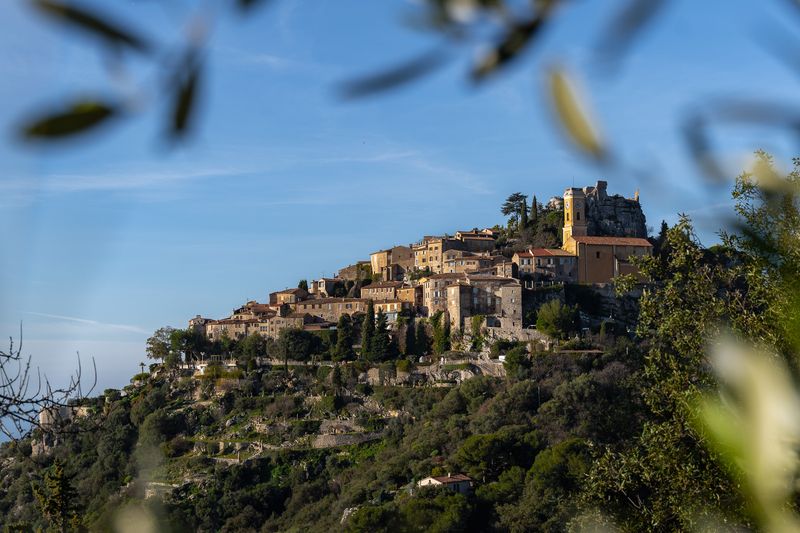
Perched impossibly high above azure Mediterranean waters, this medieval village seems carved from the mountain itself. Eze balances tourism with authenticity through careful preservation and support for local artisans.
Stone pathways wind between ancient buildings housing workshops rather than souvenir stands. The famous exotic garden crowns the village, offering breathtaking views while protecting the historic core from development pressures common along the glamorous Côte d’Azur.
9. Český Krumlov, The Czech Republic
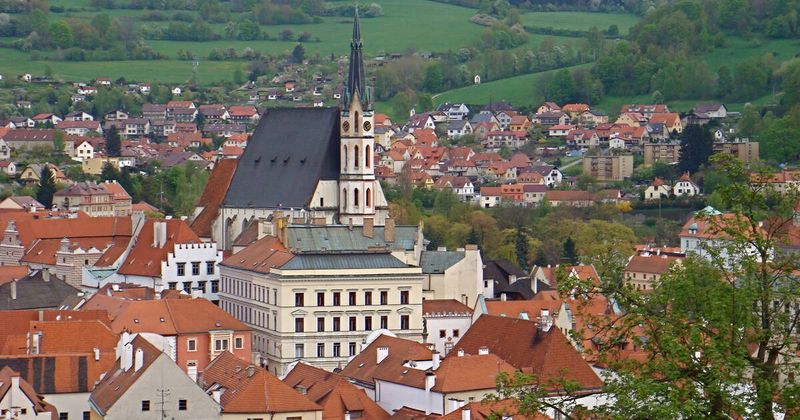
Meandering beneath a magnificent castle, the Vltava River embraces this Czech wonder like a protective moat. After communist-era neglect, Český Krumlov underwent thoughtful restoration that preserved its medieval and Renaissance character.
Painted facades tell stories from centuries past. Despite day-tripper popularity, the town maintains authentic Czech culture through resident-focused policies that keep the historic center lived-in rather than museumified, especially magical during winter when tourism ebbs.
10. Rothenburg Ob Der Tauber, Germany
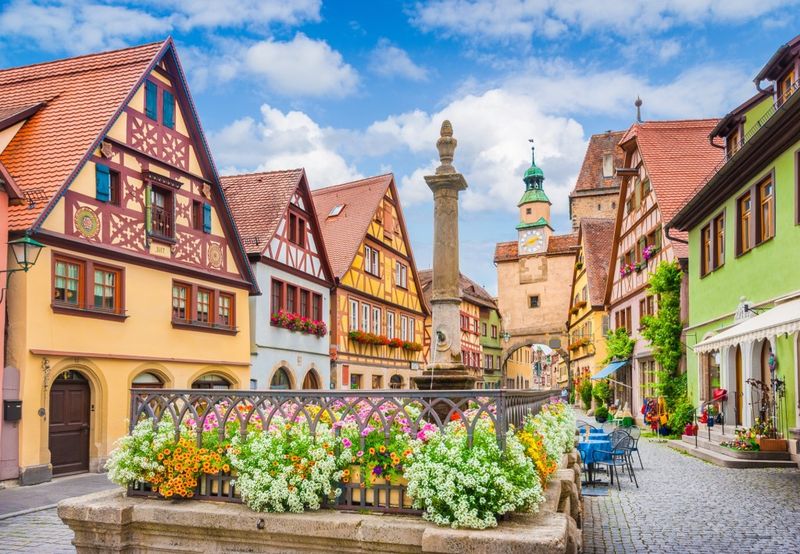
Surrounded by intact medieval walls, this Bavarian treasure transports visitors centuries back in time. Rothenburg escaped major WWII bombing and subsequently implemented strict preservation codes that maintain its authentic Medieval character.
Half-timbered buildings line cobblestone streets that look straight from fairy tales. Despite appearing on every German tourism poster, the town manages tourist flows masterfully, with many visitors staying overnight to experience the magical atmosphere after day-trippers depart.
11. Shirakawa-Go, Japan
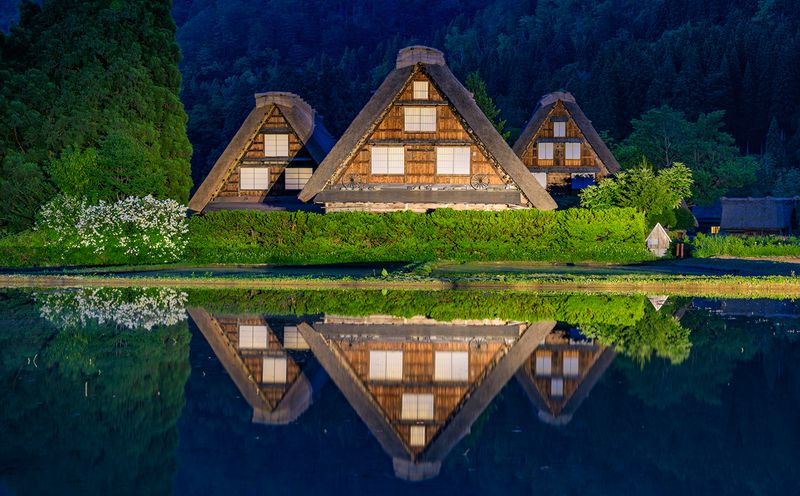
Nestled among snow-covered mountains, distinctive triangular thatched roofs stand against winter’s heavy burden. This remote Japanese village preserves a unique architectural style and way of life that earned UNESCO recognition.
Families still inhabit the traditional gassho-zukuri farmhouses, some over 250 years old. Community-based tourism allows visitors while maintaining local control, with many houses serving as minshuku (family-run inns) where guests experience authentic rural Japanese hospitality.
12. Ait-Ben-Haddou, Morocco
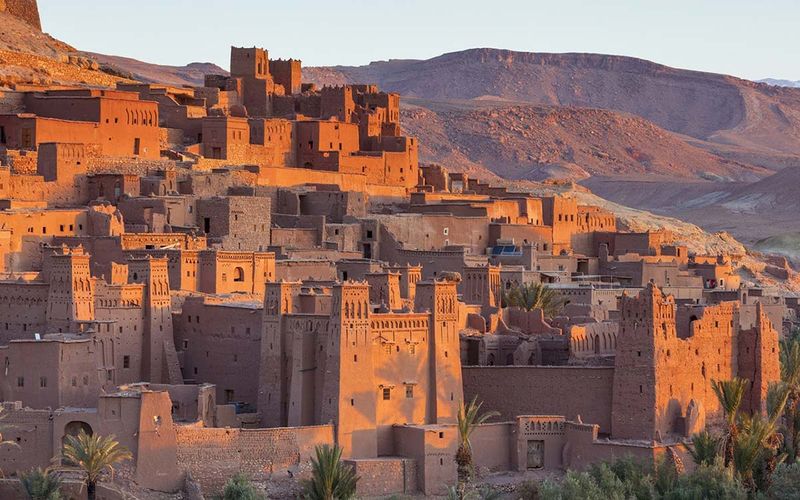
Rising from arid plains like a mirage, this ancient kasbah has weathered centuries of desert winds. Despite Hollywood fame as a filming location, Ait-Ben-Haddou maintains its authentic Berber character through community-led preservation.
Mud-brick buildings climb the hillside in magnificent earthen terraces. A small community still lives within the walls using traditional methods, while restoration projects employ local craftspeople using ancient techniques to maintain this spectacular example of earthen architecture.
13. Bibury, England
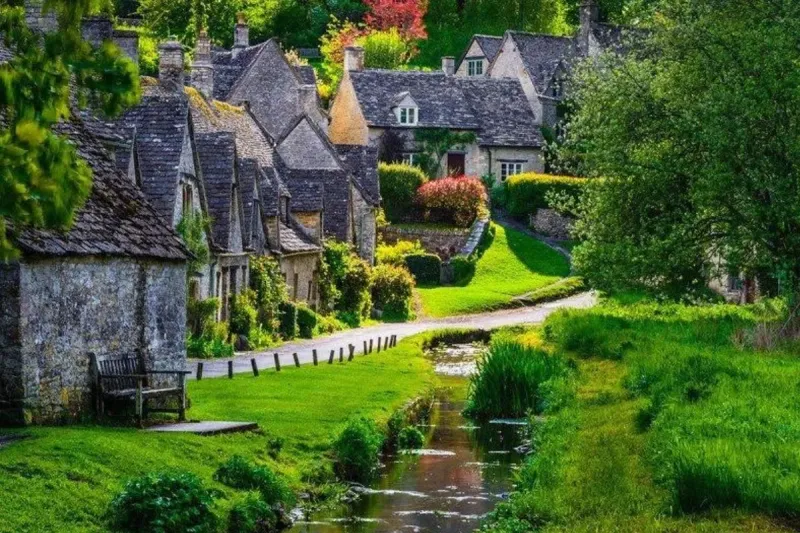
Honey-colored stone cottages line the gentle River Coln in this picture-perfect slice of rural England. Bibury’s Arlington Row, possibly the most photographed street in Britain, dates to the 14th century when it housed weavers.
Despite tourism pressure, the village maintains its working character. Local conservation efforts ensure buildings retain their historical features while remaining functional homes rather than museums. The surrounding countryside continues supporting traditional agriculture, preserving the landscape.
14. Matera, Italy
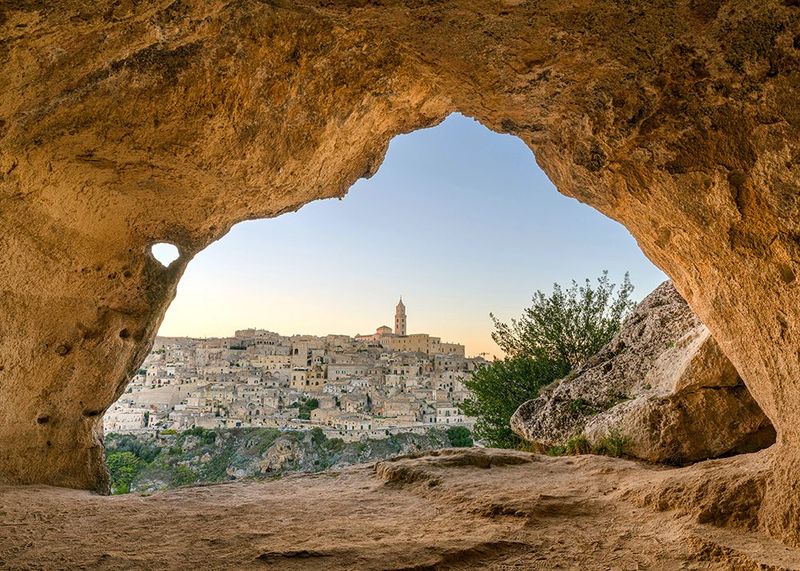
Carved into ancient limestone, these prehistoric cave dwellings were once Italy’s national shame. Matera’s sassi districts represented extreme poverty until the 1950s when residents were forcibly relocated due to unsanitary conditions.
A remarkable transformation followed. Thoughtful renovation converted caves into boutique hotels and homes while respecting their historical significance. Local pride replaced shame as this unique landscape became a cultural treasure rather than an embarrassment, culminating in its selection as European Capital of Culture.
15. Yangshuo, China
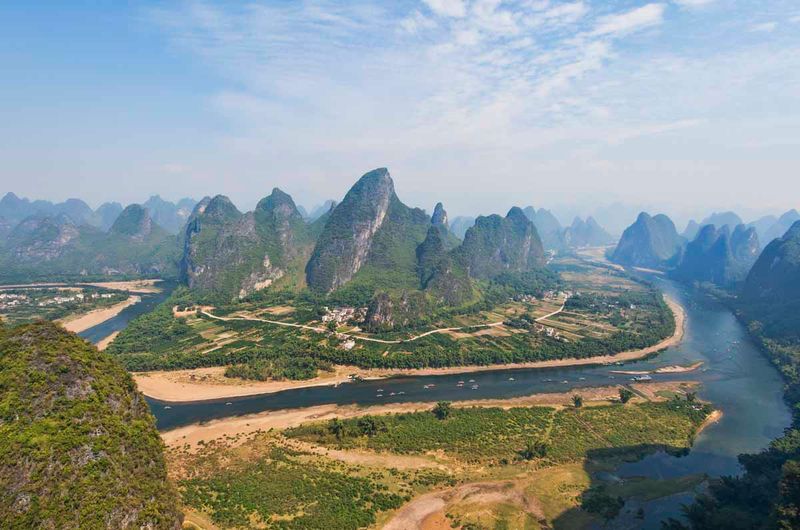
Dramatic limestone peaks create an otherworldly landscape straight from traditional Chinese paintings. This once-sleepy riverside town became a backpacker haven, then mainstream tourist destination that threatened its character.
The surrounding countryside remains spectacularly beautiful. However, Yangshuo’s center now features generic shopping streets and neon signs. Authentic experiences require venturing to outlying villages where traditional farming continues beneath the magnificent karst mountains that made this region famous.
